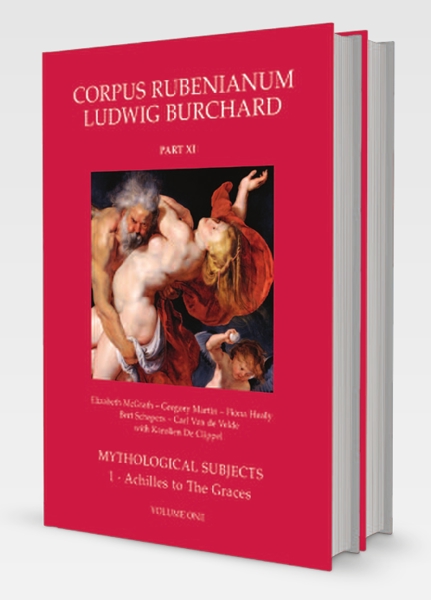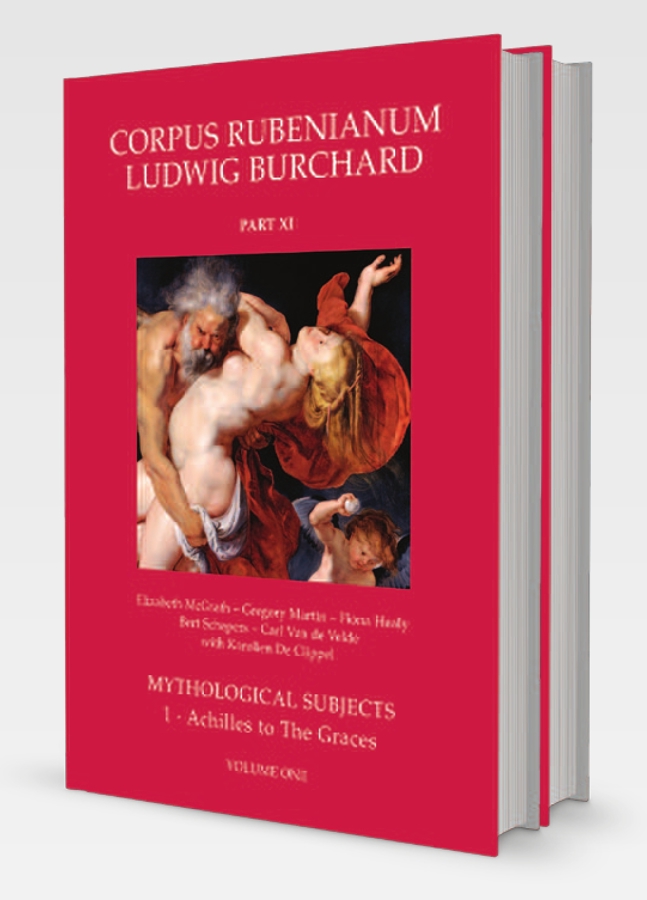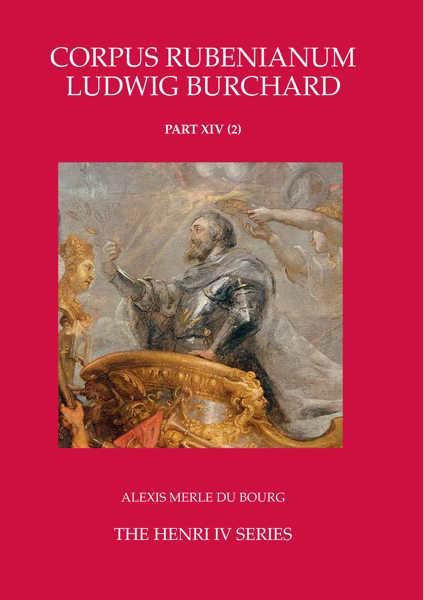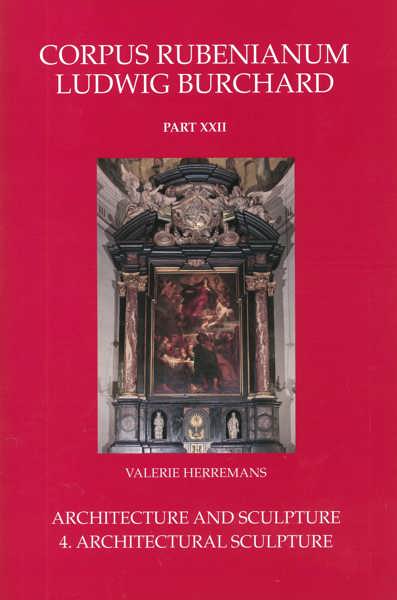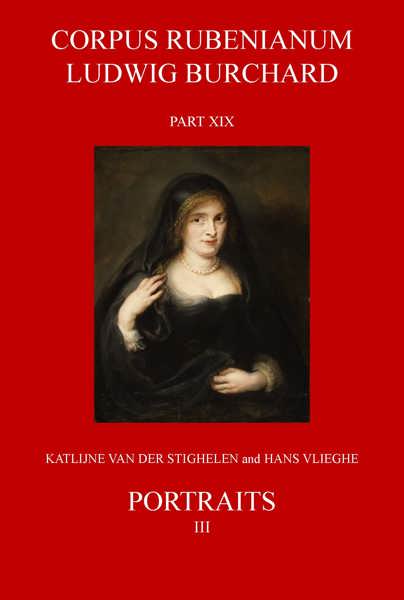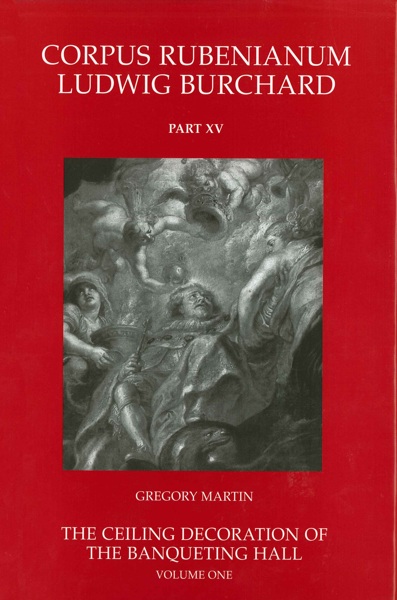
Mythological Subjects
Achilles to the Graces
Elizabeth McGrath, Gregory Martin, Fiona Healy, Bert Schepers, Carl Van de Velde, Karolien De Clippel
- Pages:2 vols, 944 p.
- Size:175 x 260 mm
- Illustrations:362 b/w, 104 col.
- Language(s):English
- Publication Year:2016
- € 275,00 EXCL. VAT RETAIL PRICE
- ISBN: 978-0-905203-67-6
- Hardback
- Available
"(...) this volume, in itself an incredible feat of production, deserves only awe and admiration for the huge amount of information conveyed and for the exceptional standard of scholarship in terms of views, judgements, interpretations, ideas and insights."
Eric Jan Sluijter (University of Amsterdam) in: Early Modern Low Countries 1 (2017), pp. 181-184
"Denn die weit in Geschichte und Kulturgeschichte ausgreifenden Beiträge leisten sogar über die Beschäftigung mit Rubens' Werk und Wirkung hinaus wichtige Einsichten. Als Fundgrube zur vormodernen Rezeption der klassischen Mythologie sind sie auch über die Grenzen der Rubens-Forschung hinaus eine wertvolle Ergänzung jeder Bibliothek."
Nils Büttner (Akademie der Bildenden Künste, Stuttgard) in: Journal für Kunstgeschichte, 2016/4, pp. 356-363
One remarkable feature of European culture as it developed in the Renaissance was the accommodation it made with ancient paganism. The classical gods and their legends were allegorised, transformed into symbolic figures or emblematic scenes that might accord with Christian morality. At the same time there emerged a new, secular, genre of art devoted to the depiction of the most popular myths, above all the love stories recounted by the ancient poets. These stories were not only attractive in themselves; they offered the opportunity to depict nude figures in narrative action, which the example of antiquity held forth as the highest goal for painting.
Rubens was one of the greatest creators of classical allegory; he was also a supreme interpreter of the classical stories. No painter was so at home in the literature of the Greeks and Romans. When he painted for pleasure, which, increasingly in the course of his life, he felt able to do, he used pagan myth to express and celebrate themes of love, beauty and the creative forces of nature, often in wonderfully idiosyncratic ways. Still, as a Christian committed to the ideals of the Catholic Reformation, Rubens respected the restrictions generally placed on the depiction of pagan tales. Most of his mythological paintings were made for private settings, for display within houses (including his own) or in the galleries of princes, noblemen and prelates. It is a happy accident of history that so many of these splendid paintings are now widely visible in the great museums of the world.
